







glider hollow and bat cavity below-right

Hollow 18 months later
 |
 |
 | |
 |
 |
 |
|
 |
 glider hollow and bat cavity below-right |
 Hollow 18 months later |






 When I decided to install nest boxes, I checked around on the web for designs, and taking into consideration my observations of the batboxes at Wilson reserve, came up with the following variations to the standard designs...
When I decided to install nest boxes, I checked around on the web for designs, and taking into consideration my observations of the batboxes at Wilson reserve, came up with the following variations to the standard designs...
NATIVE BEE ROOST I had noticed some native bees around the reserve, so I checked around on the web for information. After looking at a number of designs, came up with a capped 90mm PVC pipe filled with plastic drinking straws. Two tubes have been installed on different trees on 25 January 2014. I also plan on a wooden roost with hollows 200 - 300mm long and varying between 4 and 10 mm in diameter.
I had noticed some native bees around the reserve, so I checked around on the web for information. After looking at a number of designs, came up with a capped 90mm PVC pipe filled with plastic drinking straws. Two tubes have been installed on different trees on 25 January 2014. I also plan on a wooden roost with hollows 200 - 300mm long and varying between 4 and 10 mm in diameter.SB - 26 January 2014 |
| On 8 December 2023 we surveyed nestboxes which had been placed around the reserve. |
Bees 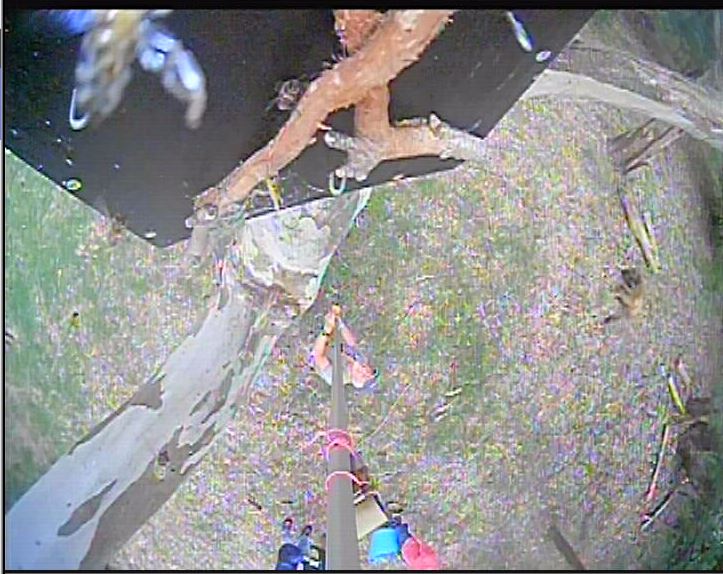
|
Pic 1 - Bruswh tail possum
|
Pic 3 sugar glider
|
Pic 7 Possum with bee comb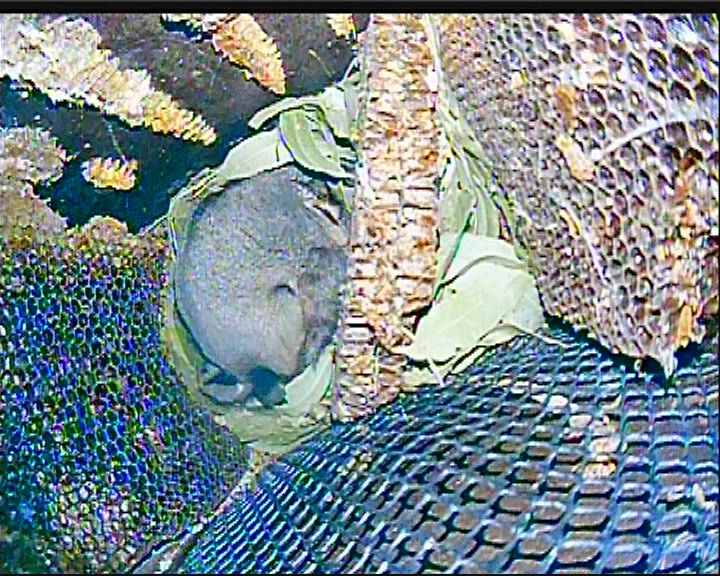
|
Pic 10 sugar glider
|
Pic 11 Kookaburra nest with eggs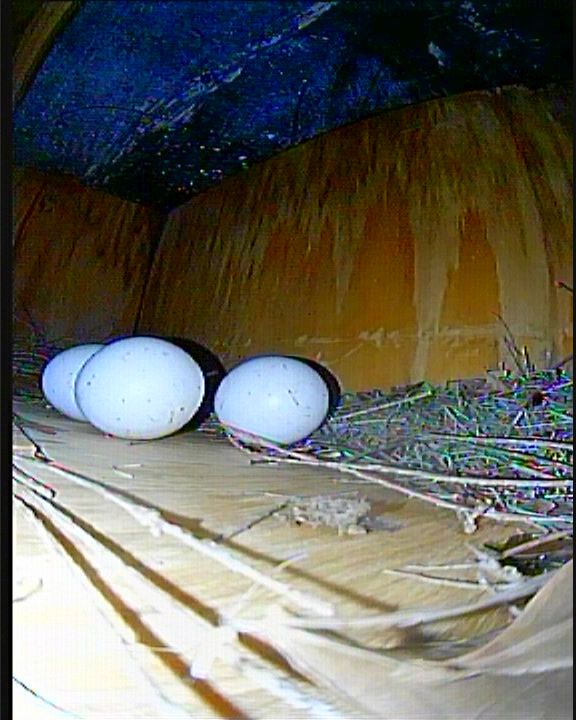
|
Pic 12 Brush tail possum
|
Pic 16 sugar glider nest
|
Pic 17 Bees
|
Pic 18 ?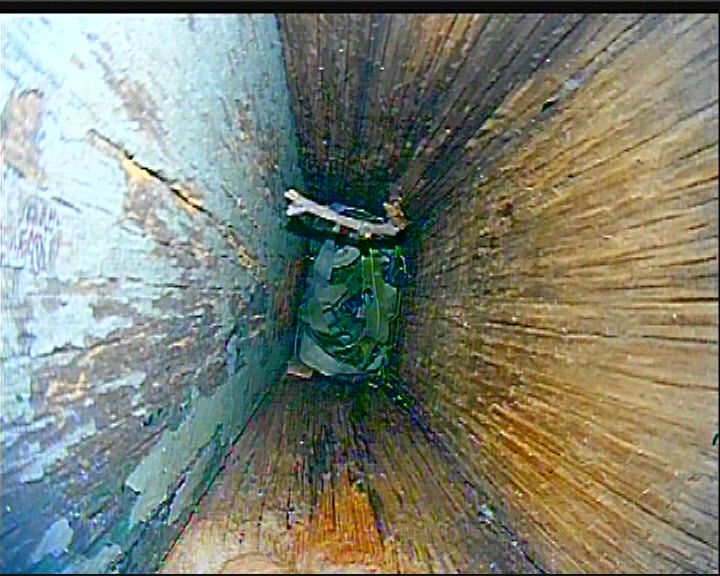
|
Pic 19 Maybe unused
|
Pic 21 Maybe unused
|
Pic 22 John with pole camers
|
Pic 23 Kookaburra egg
|
Pic 27 Pardalote nestbox
|
Pic 33 Kookaburra box with possum
|
Pic 36 sugar glider
|
Pic 38 Pardalote nestbox showing signs of flood
|
Pic 40 Lorakeet nest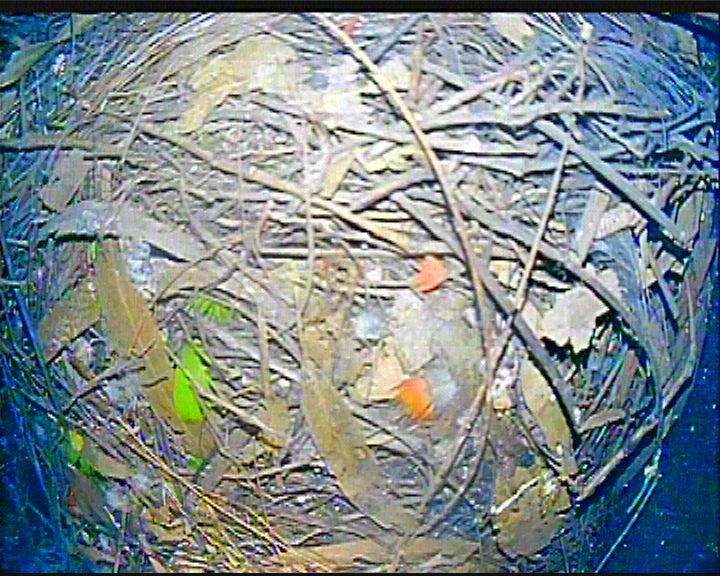
|
Pic 43 sugar glider nest
|
Pic 44 sugar glider nest
|
Pic 50 Kookaburra box with possum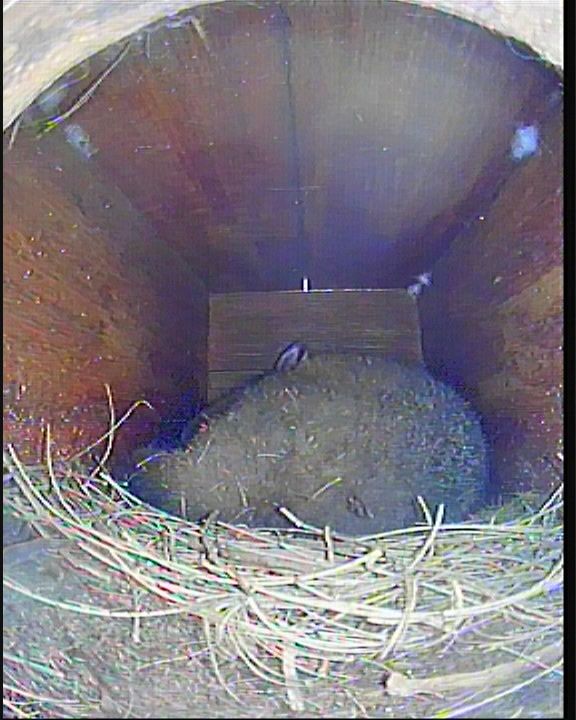
|
Pic 51 nest
|
Pic 52 nest |
Pic 54 Kookaburra box with possum |
Pic 59 Pardalote nestbox 
|
Pic 60 Pardalote nestbox 
|